Categories
Latest Updates
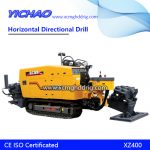
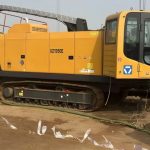
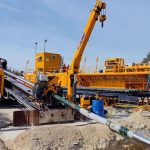
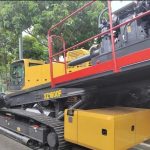
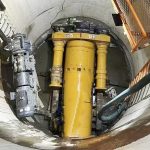
The mud made of non-excavation mud bentonite has a certain protective effect on the borehole wall, and is an indispensable raw material in the construction of the top-drawing pipe. At the same time, bentonite also plays a role in lubricating and maintaining drilling tools and carrying drill cuttings. Therefore, the trenchless mud bentonite is of great significance to the smooth construction of trenchless projects, and the amount of trenchless bentonite consumed by the trenchless industry every year is also very large. However, in the course of use, many construction teams always reported that the non-excavation mud bentonite slurry was unstable. The specific reasons will be analyzed today.
First understand the common parameters involved in trenchless mud bentonite:
1. Viscosity: Viscosity is one of the important parameters of non-excavation mud bentonite. The viscosity directly reflects the strength of the pulping ability. The viscosity used in general engineering is about 35. The viscosity mentioned here refers to 600r/min. For viscometer readings, when encountering complex geological conditions, such as coarse sand layers, the viscosity needs to be adjusted higher. Generally, products with a viscosity greater than 60 are used.
2. Filtration loss: the parameter of filtration loss is very important. It is a parameter that directly indicates the quality of the trenchless mud bentonite. Its meaning is to indicate the strength of the slurry suspension after slurry making. Generally speaking, it indicates the presence of muddy water in the slurry. A parameter that is difficult to separate. Therefore, the fluid loss of a good trenchless mud bentonite is less than 13, or even less than 11. This type of trenchless mud bentonite is a relatively high-end product.
3. Fineness: Although the parameter of fineness is not comparable to viscosity and fluid loss, the finer the fineness of bentonite for trenchless mud of the same quality, the stronger the slurry-making ability.
4. Moisture: This parameter of moisture has little effect on the quality of the trenchless mud bentonite, but if the moisture is too large, the slurry production rate will decrease significantly.
The reasons for the unstable use of non-excavation mud bentonite are:
1. Product quality is indeed unstable: Product quality is an important factor affecting the stability of the use of trenchless mud bentonite. However, among many bentonite manufacturers, many of them are relatively small in scale and relatively simple in production technology. Such manufacturers are producing Due to the backward technology and outdated equipment in the process, it is very common for the quality of the non-excavation mud bentonite produced to be erratic. Therefore, it is easy to understand that the products produced by such manufacturers are not stable in use.
2. Water for pulping is different: In trenchless production and construction, the water used to make the bentonite for trenchless mud is generally ground sewage on site. This type of sewage includes urban domestic sewage and industrial use. Sewage, so the composition and pH are very different. When using bentonite of the same quality, if the acidity of the sewage used is too high, it will be prone to unstable pulping, which looks like the product is unstable, but it is actually caused by the quality of the water used. Therefore, instability in this situation is a normal phenomenon. The solution is to add a certain amount of caustic soda to adjust the pH of the water used. Generally, it can be controlled to about 10.
In short, the main reasons for the instability in the use of trenchless mud bentonite are the above two. I hope everyone will pay attention to the PH of the pulping wastewater used during construction operations. If you encounter strong acidity, it is recommended to add a part of caustic soda. Adjust it. Of course, when purchasing trenchless mud bentonite, you should also try to buy products from regular manufacturers for cooperative use.
